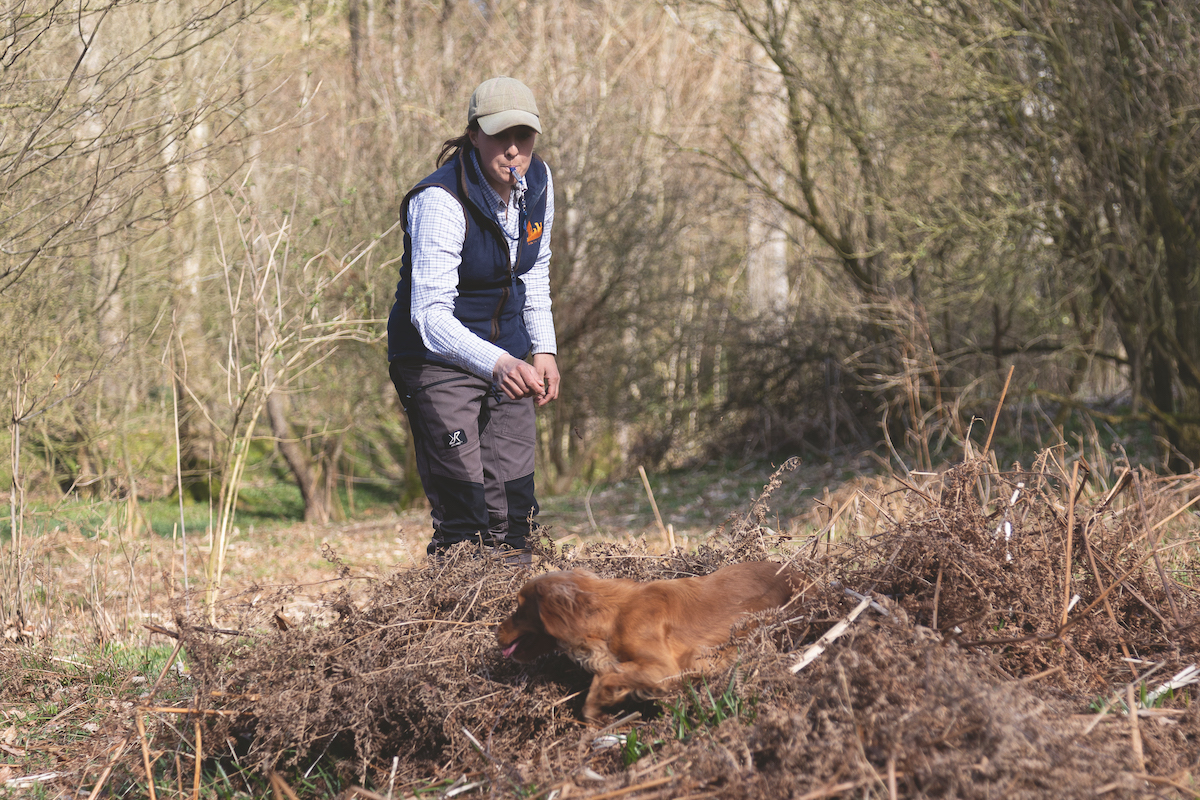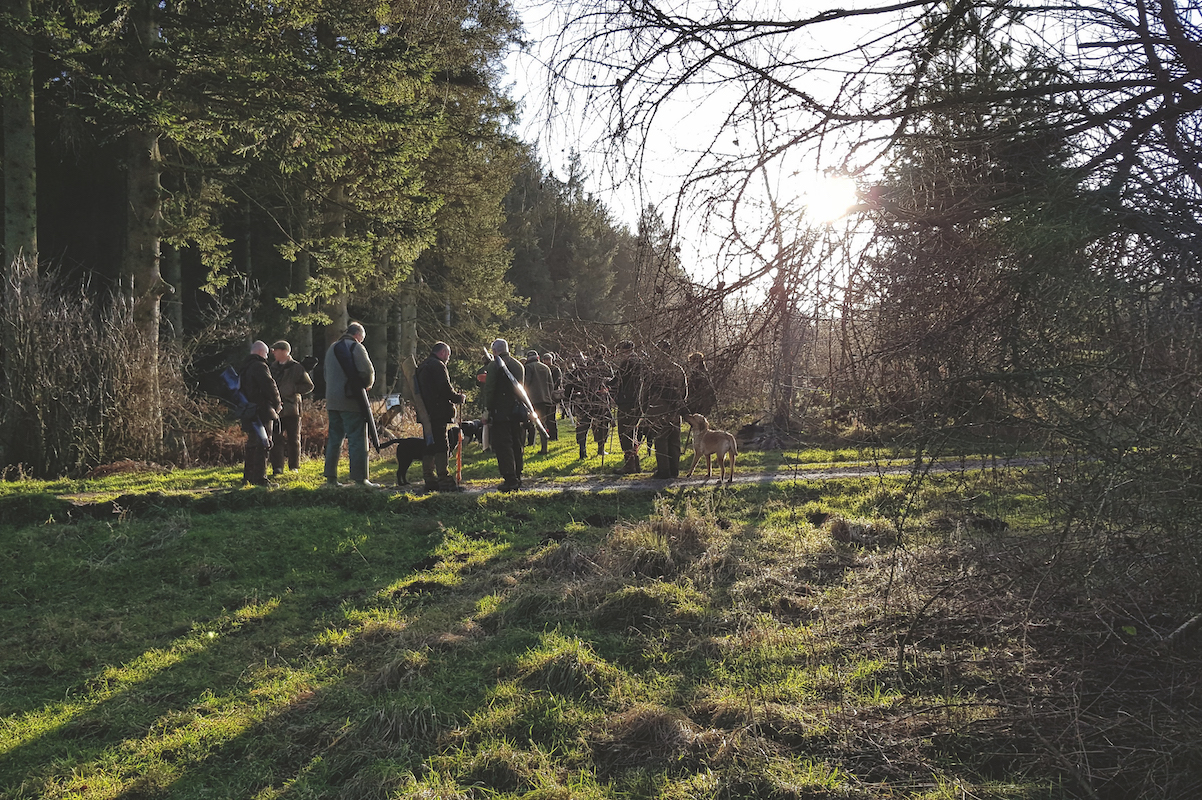My Hungarian vizsla won’t hold a point. What can I do?
A reader wants to improve his vizsla's performance in the field

The Hungarian vizsla is a versatile but sensitive breed
“I have a two-year-old Hungarian vizsla that I have been training for rough shooting and although she hunts really well she will not hold a point and will run in on the birds, which makes it difficult for me to take a safe shot. She is also sometimes reluctant to retrieve, is there anything I can do to improve her performance in the shooting field?”
Hungarian vizsla – versatile and sensitive
The Hungarian vizsla can be a very versatile breed and is part of the HPR (hunt, point, retrieve) gundog group. However, it can also be quite sensitive and to get the best out of its working attributes it needs an understanding trainer and careful considered training.
A good gundog trainer will gradually build a sound foundation and then each further exercise is built on the success and understanding of the previous one. However, it can get a bit confusing, especially when one minute we are telling the dog to “leave it” and then the next we are telling it to “fetch it”!
Pointing should be genetic
Pointing is something that should be genetically bred into the dog and provided it has come from good working stock any HPR should do this naturally from a young age. Fortunately, this group of gundogs are one of the few that are truly “dual purpose” and can be successfully shown as well as worked in the shooting field.
Why is the vizsla not holding a point?
- The most common cause of a dog not holding a point is that the handler/trainer rushes into the dog and gets excited – this can make the dog unsteady.
- Do not get confused with a dog not holding a point with one that is “roading in” on a moving bird.
- A dog will sometimes do this as it is trying to pin point where its quarry is hiding, in these circumstances it is important you give the dog time to settle before going up to it.
- Steadiness is the most basic element of a gundog’s training, and any breed should be steady to thrown dummies and both fur and feather. If this part of the dog’s training is skimmed over and not fully imbedded, you will have real problems stopping an HPR on the flush.
- Another cause of a dog not holding a point is when it has been allowed to free hunt and basically do its own thing, it will soon learn to find and chase anything it wants without any repercussions.
The solutions
Here at Gamegoer Gundogs we spend a lot of time trying to “undo” training issues and it is fair to say that it is always easier not to create the problem in the first place, rather than trying to rectify a “learned” bad habit. The first thing to say is that to steady your dog on both the point and flush you will need some professional help and, more importantly, you need to find a trainer that has experience with HPRs – they will have the proper facilities and experience to put you back on track with your dog.

You need to take the dog back to the beginning. In the case of re-training your dog to hold a point, you will need to set up a controllable situation and ideally you’ll use a rabbit pen. Keep your dog on the lead and walk her around the pen, making sure the wind is coming straight on to you. Let the dog investigate any cover. At this stage, it is better that the dog “winds” any game rather than sees it.

Once the dog is on-point, keep hold of the lead and speak in a low calm voice. I tend to use the words “steady there… steady there”. Don’t pull the lead too tight, keep it relaxed and laying along the dog’s back. The idea is to not use the lead to physically hold her back, but to re-assure her that you have control. As you progress you can use a longer lead so initially you are standing further away from the dog.

Once the dog is proving steady, the next stage is to remove the lead from your dog but to keep “contact” with her by stroking the back of her head and neck – make
sure you are ready to react should the
dog move in on the game.
You should be able to feel the dog getting ready to run in, if needs be just
put the lead back on her and walk her
away from the situation.

If you cannot get the use of a rabbit pen, another good tool to use is either a caged pigeon or a remote bird flinger – the advantage of this piece of equipment is that your dog, should it run in, cannot get to the quarry and therefore doesn’t “self-reward” – obviously all care and consideration must be taken to ensure that no harm comes to the bird.

Another technique I have used in the past is to employ the services of an experienced and steady dog. Using caged game, the older more dominant dog should come on point and I encourage the younger dog to “back it up”. By virtue of the fact that the experienced dog will hold the point and not move in on the flush, this helps to keep the other dog steady.

One problem when steadying a gundog to game or to the flush is that it can put them off retrieving. One minute we’re telling them to leave it and the next we’re giving them the okay to run out. Try and separate her hunting and pointing training from her retrieving at this stage. Initially, you may need to let her run in to thrown dummies to get her enthusiasm back.








